Intermediates
Gallantry and accessories
Blog Piekiełka
Tajiks in Afghanistan - descendants of eastern Iranian tribes
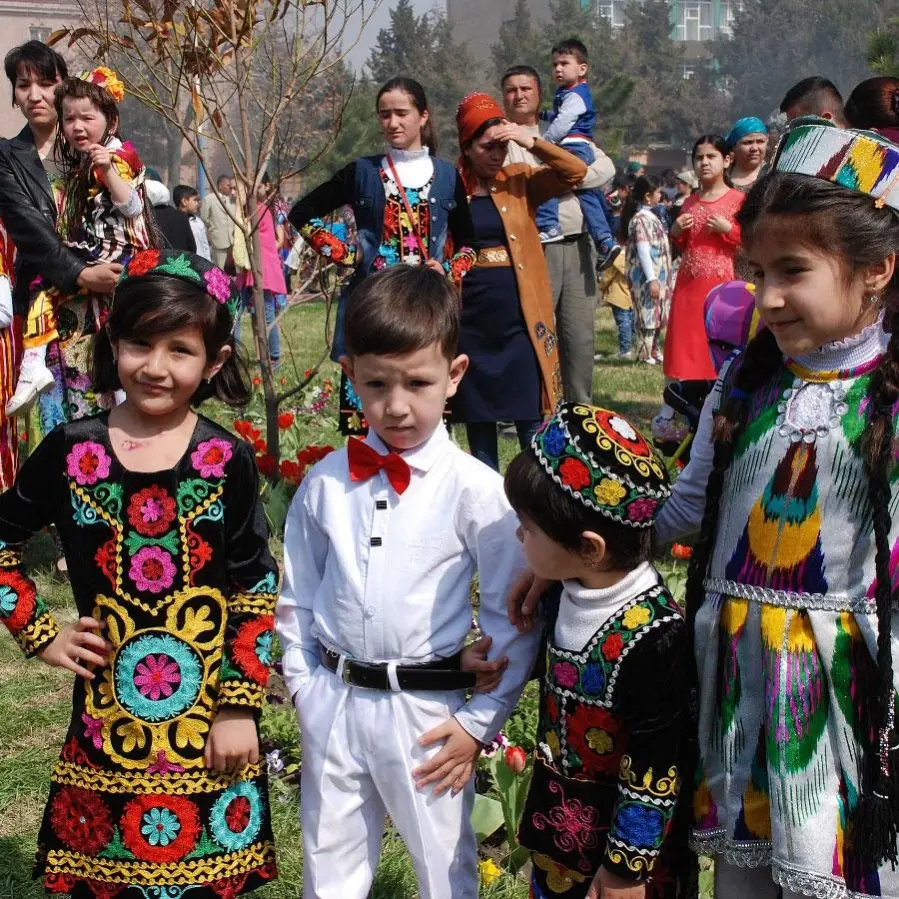
Tajiks make up the second largest ethnic group in Afghanistan. Determining the percentage of Tajiks in the population of today's Afghanistan encounters serious difficulties, as no systematic record has been kept in the country for decades. Various sources put the figure at 27% to 46%, or between 10 million and 18 million people. This means there are more Tajiks in Afghanistan than in Tajikistan alone (about 9 million).
Tajiks make up the majority in Afghanistan's northeastern and western provinces. Significant groups of them also populate other provinces except Nurestan, Nangarhar, Khost and Zabol. As in Central Asia, Tajik ethnic areas are sharply divided by both desert areas and ethnic territories of Uzbeks, Turkmens, Pashtuns, Hazaras, Aimaks and others.
The ancient ancestors of the Afghan Tajiks were the Bactrians, Kushans, Hephtalites and other eastern Iranian tribes. The Iranian peoples of Khorasan began to unite under the ethnonym "Tajik" from the 8th to 9th centuries. In Afghanistan, the basis of the Tajik nation is the Baktrians. The origin of the name of this ethnic group is not clear. According to one version, the ethnonym Tajik is related to the Middle Persian tāzīg = Arab. In the eastern Iranian world, the word tāžīk was used to refer to the warriors of the caliphate who arrived in the 8th century under the banners of jihad. Contacting the Muslim world, the Turks assimilated the word tāžīk to describe local people converted to Islam.
Traditional dress of Tajiks
The national dress of Tajiks is an abundance of bright colors, a preponderance of straight lines and a relaxed cut that conceals the figure. Tajik dresses and clothes are one of the symbols of the nation's culture, although today they can be seen mainly at festivals, holidays and in rural areas.
Each region is characterized by its favorite colors and particular fabric patterns. The cut pattern and type of clothing, however, are the same everywhere: tunic-like shirts and dresses, wide pants, and chalats. Headgear is the tubetejka (a small round cap with woven patterns, crimson), headscarf or turban. Clothes are sewn from silk or cotton. There is even a Tajik fabric called "alocha" variously colored and striped from a mixture of cotton and silk.
Tajik men's clothing
Traditional Tajik men's clothing consists of pants, a shirt, a khalat, a belt and a turban or tubette. The quality and design of each item emphasizes a man's status and wealth. Today, the chador (a long sleeveless shirt) is an important garment for important occasions; it is worn at weddings and funerals, and - an expensive chador - is sometimes given as a gift.
There are several types of shirt (kurta, kiftaki, kujlak), but all are sewn from one large section of fabric. The Tajik rubacha is wide, worn on the outside and can be tied with a shawl at the waist. The pants, the sharavar, are called "ishtone" or "ezor." They are quite wide and taper close to the ankles.
The belt in Tajik attire was an indicator of a man's status. Lowly wealthy people wore a twisted shawl with modest embroidery as a belt, while the rich put on a velvet belt embroidered with gold thread. The Tajik belt acted as a simple belt, and at the same time was a kind of pocket.
The Tajik sleeveless (chapsan) is a striped chalet of loose cut. Modern chapsan are sewn from velvet, and in mountainous areas from wool. The winter variant is quilted with wadding. Almost always the chapsan is decorated with a ribbon along the collar, sleeves and at the bottom. A Tajik's headgear is a tubetejka and a turban tied over it or over a special "kuloch" cap. In winter, Tajiks wear fur caps. Tubetejkas are sometimes of two types: strong black and white with patterns, and colorful knitted ones.
Tajik women's clothing
Traditional clothing had both common features for all Tajik women and distinctive local differences - for lowland and mountain, urban and rural, southern and northern areas. In general, a woman's attire consists of three basic elements: dress, sharavar and headgear (headscarf, tubeteka). In the past, the main attribute of women's clothing in the cities and plains was the paranja (burqa, chadra), and in the mountains - a large shawl of 2-2.5 meters by 1.5 meters in size. The decorative elements and cut of the garment testify to a woman's social status.
Tajik dress is a kind of long rubacha. It has flared sleeves, decorated with embroidery. The form of the collar depends on the woman's family situation: unmarried women wear dresses with a horizontal cut, and married women with a vertical cut. Under the main gown they wear a white dress, which acts as an undergarment, with the collar necessarily visible. Under the dress, they often wear sarees.
As an outer garment, women wear a quilted chalat, very similar to the men's chapan. There is also a lightweight form of the chalat (munisak), which differs in cut and is sewn from fabrics with added silk.
Tajik women's headgear consists of three elements: a women's turban (chalma), a cap and a headscarf (lachak), which can be used either simultaneously or separately. Young girls sometimes wear tubetejas.
Footwear worn by Tajiks
The most common footwear among Tajiks were soft "machsi" shoes, which were worn together with wellingtons. In the cities, "iczigi" shoes made of goatskin were also popular, and were characterized by their durability. In the countryside, a high-heeled variety of machsi was worn, as well as clogs similar to European ones, but with three supports on the sole, the so-called "kafshi chubin.
Tajik jewelry art
Everywhere in the world, the profession of jewelry maker enjoyed special respect from other craftsmen and ordinary people. Due to the high price of the materials with which goldsmiths worked, as well as the equally high estimation of their labor, jewelry products were always expensive and not available to everyone. Also in Tajikistan, the art of goldsmithing had an elitist character.
The mementos of material culture that have survived to the present day testify that artistic metalworking was highly developed in the Central Asian civilization. Ancient jewelers made figures of people, animals, trees with leaves and fruits, architectural elements and ornaments out of gold, silver, copper and bronze. Liquid gold was sometimes used to decorate painted miniatures. The wooden columns of palaces were lined with gold foil. The art of embroidery with gold threads was highly valued. Thrones, doors and bars were made of gold and silver. There are reports that jewelers cast fruits - nuts, peaches, pomegranates, pears, almonds - from pure gold and filled trays with them. They decorated the tables of wealthy hosts, and were given to guests on occasion.
To make jewelry, such as tables, knives, dishes, bracelets, rings, necklaces, earrings and more, Tajik artists used precious metals and stones, ebony wood, ivory, rhino horn, mountain crystal, pearls, beads, mother-of-pearl, enamel, lacquer and glass.
Traditional Tajik jewelry ornaments included earrings, bracelets, rings, necklaces, braid pendants and scarves. Sometimes amber-colored, dark red, blue and white glass was inserted into rings. In some regions, openwork earrings with pendants were popular.
There was also another type of necklaces in the form of multi-level pendants made of old coins, wolf or bear tusks, shell beads, triangular amulets and other elements. It should be added that jewelry ornaments played not only a decorative role, but also a protective one. For example, pure gold products were recommended to be worn by children from fright and heart disease. In triangular, rectangular or cylindrical talismans, Arabic texts were placed to protect against charms and spells.
Jewelry is to this day an integral part of Tajik women's attire. They put entire sets of ornaments on their wedding day or on holidays. The jewelry art of Tajiks has its own language, expressing aesthetic feelings, social affiliation, geographical location, magical symbols. At the same time, each ornament is a treasure of folk art and an inseparable part of Tajik costume, forming one whole with it. The main materials used by Tajik jewelers include gold, silver, precious alloys, emerald, garnet, as well as cheaper stones like turquoise, carnelian, coral and special glass. During their work, the artists used the technique of niello (obtaining a contrasting pattern on polished metal), granulation (decorating with small beads of gold or silver), engraving, embossing, forging and grinding of stones.
Ethnic Jewelry
-
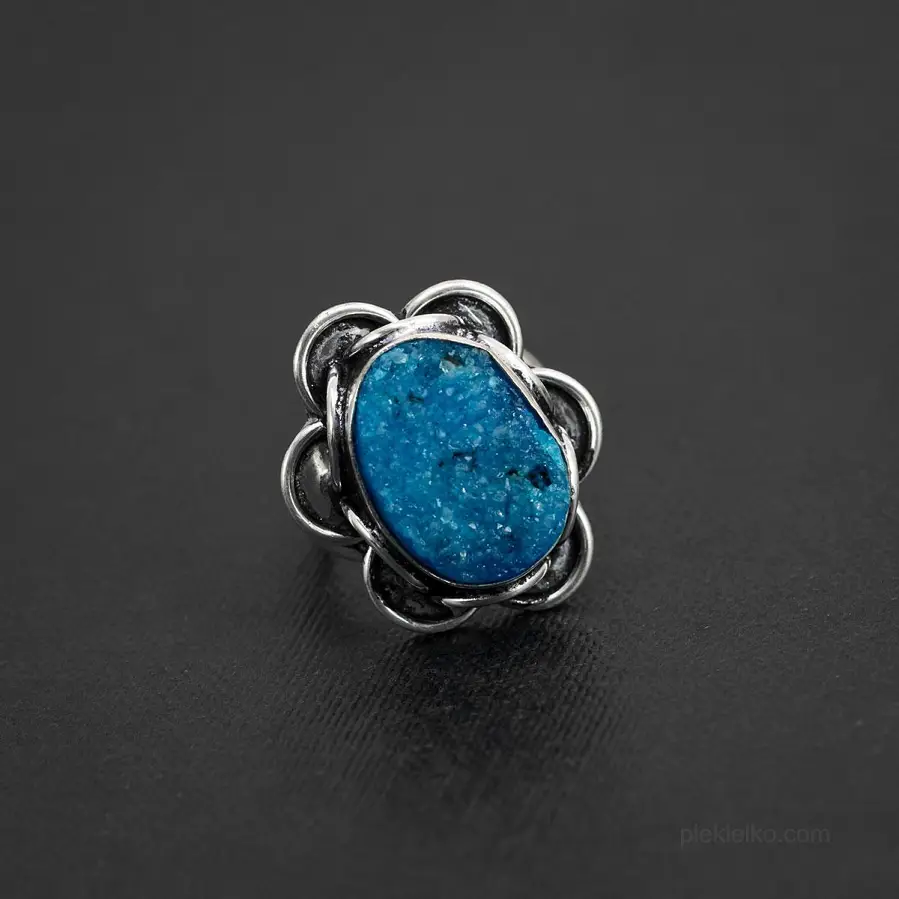
Quartz sugar druzy ring
155,0088,35 -
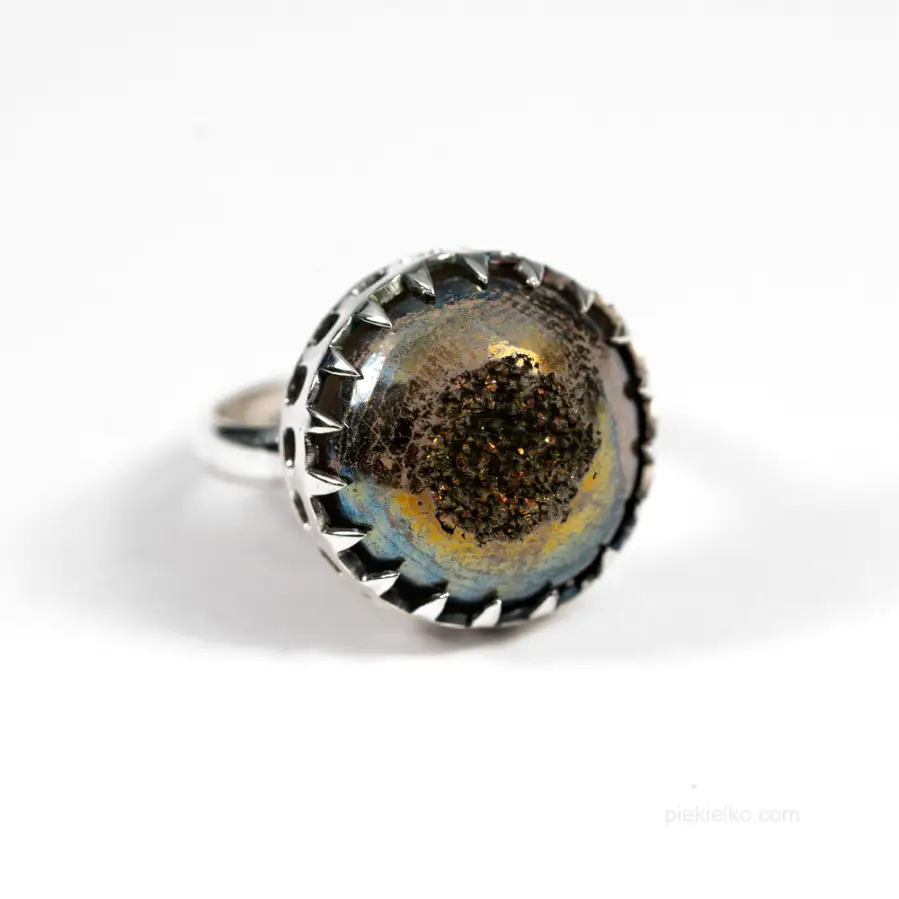
Ring with titanium drusen
290,00261,73 -
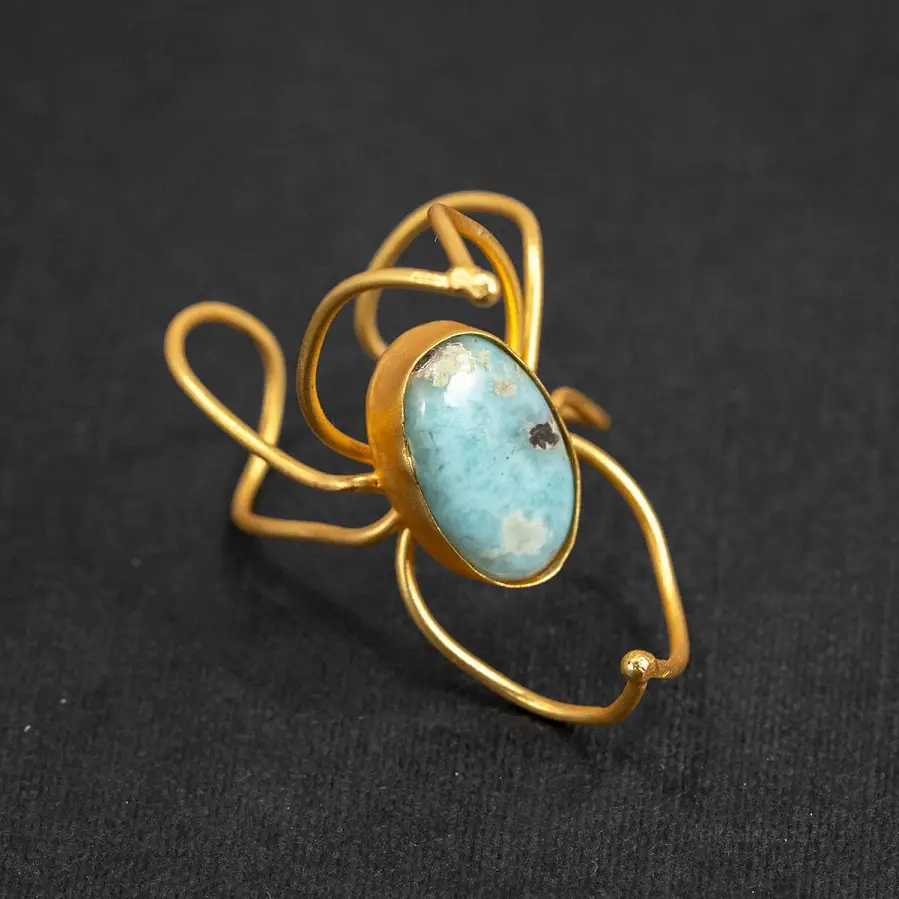
Larimar ring
145,0082,65 -
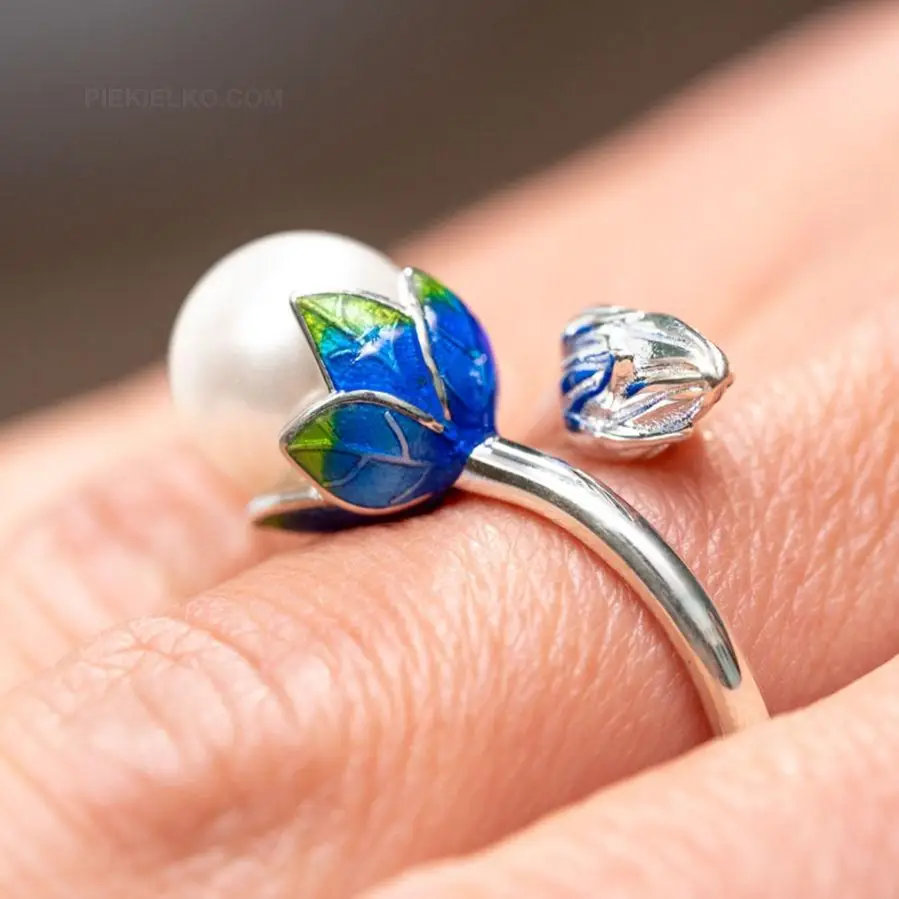
Ring with a pearl - handicraft
345,00311,36 -
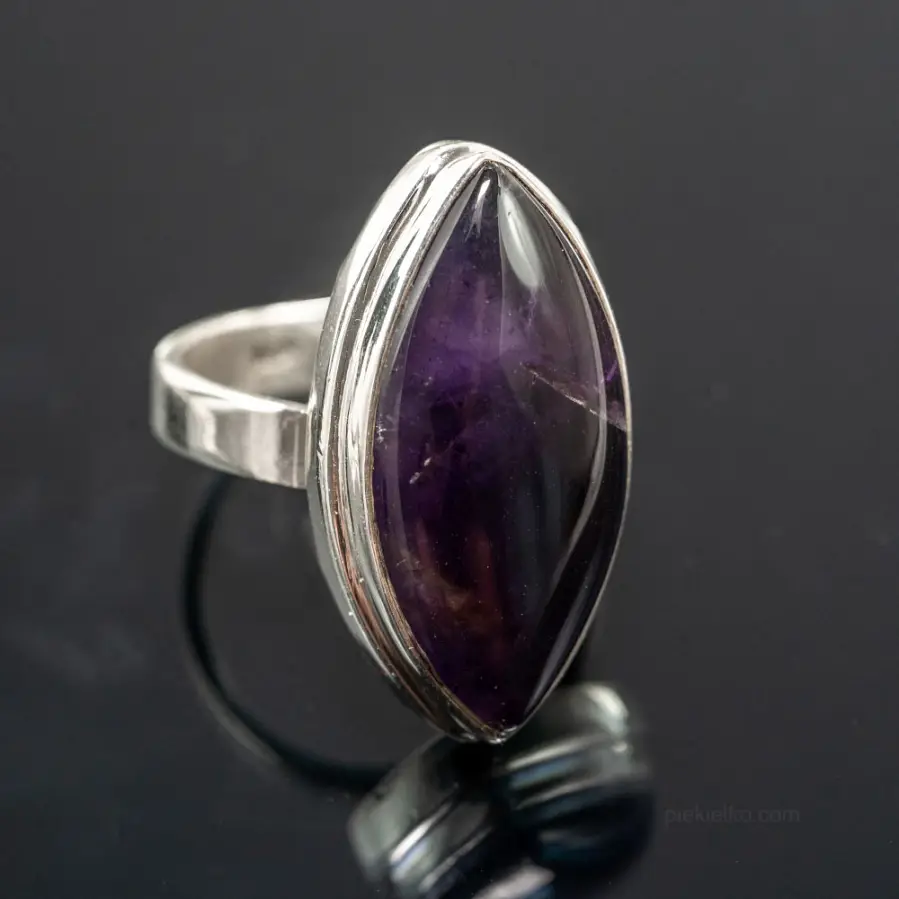
Silver ring with amethyst
450,00406,13 -
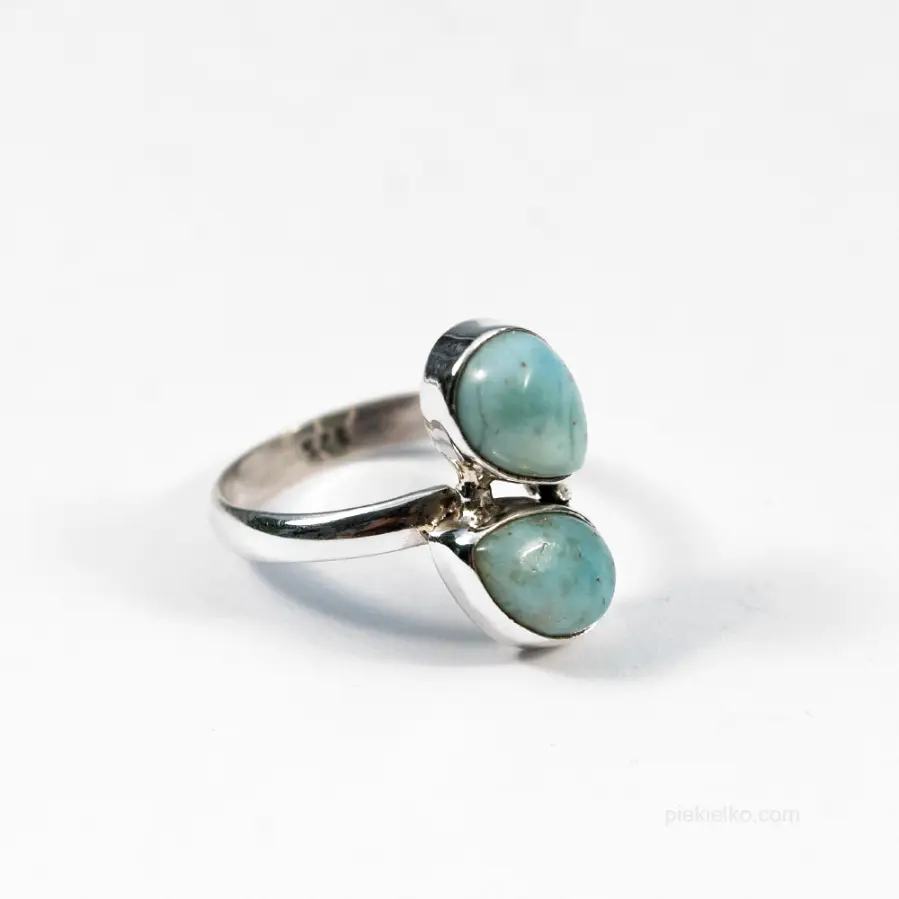
Caribbean larimar ring
339,00305,95 -
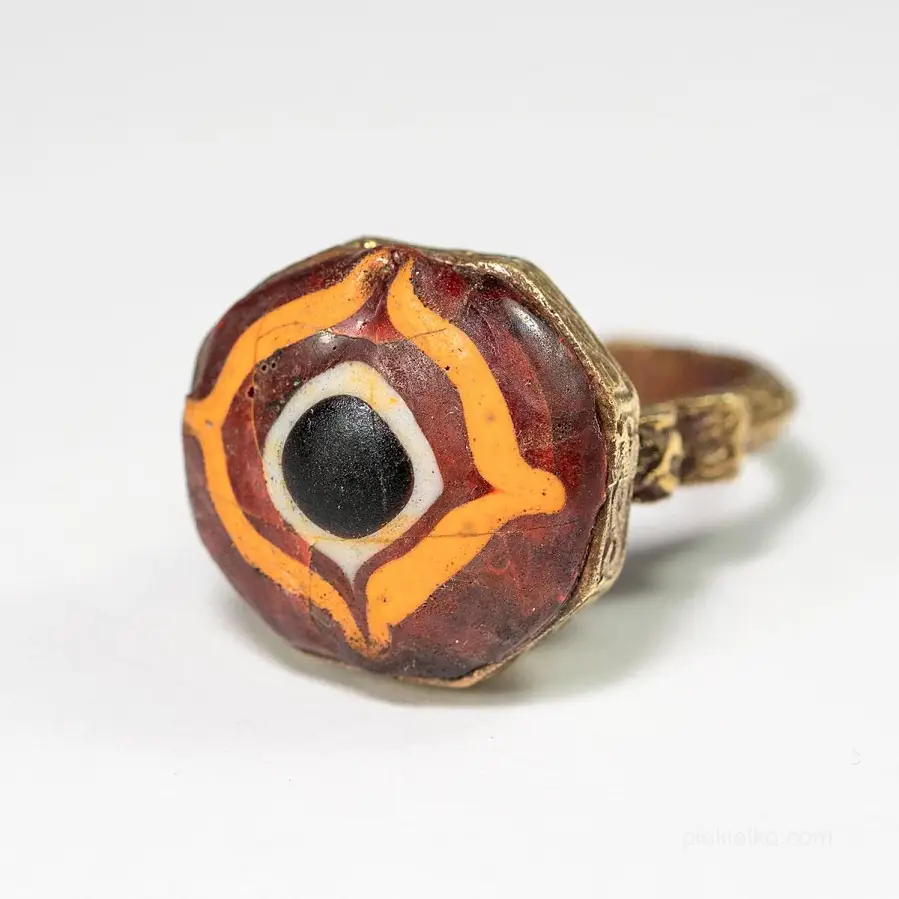
Brass Gabri Glass signet ring
98,0093,10 -
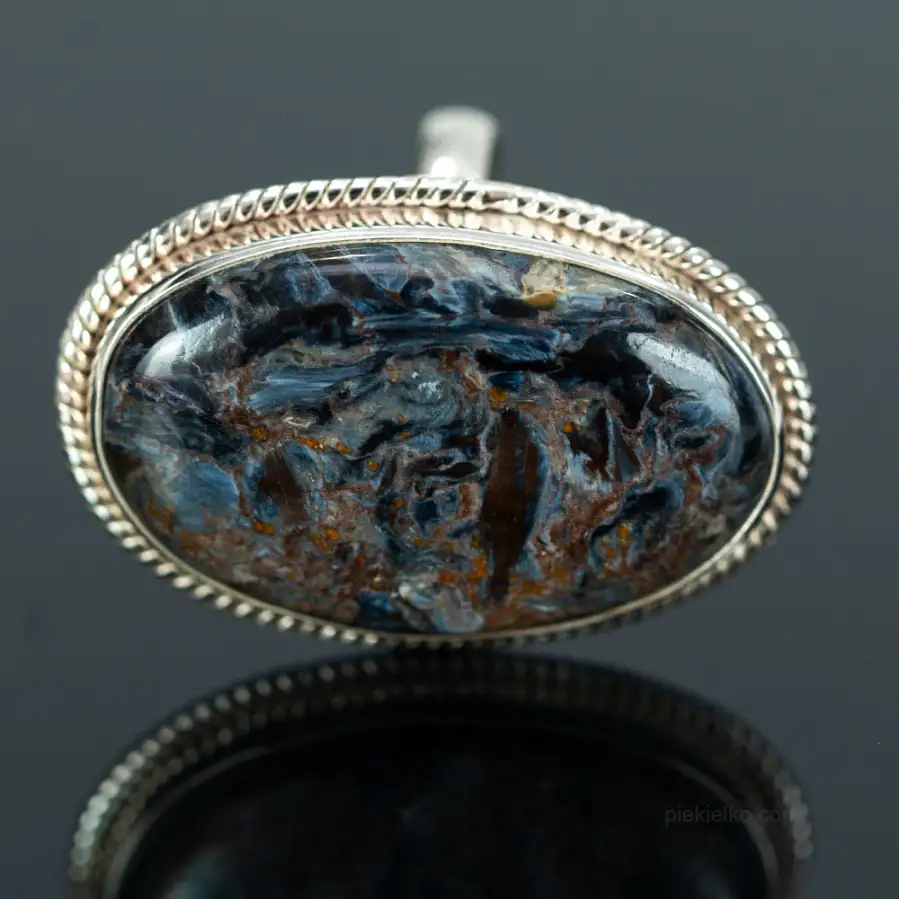
Storm stone - silver adjustable ring
370,00333,93 -
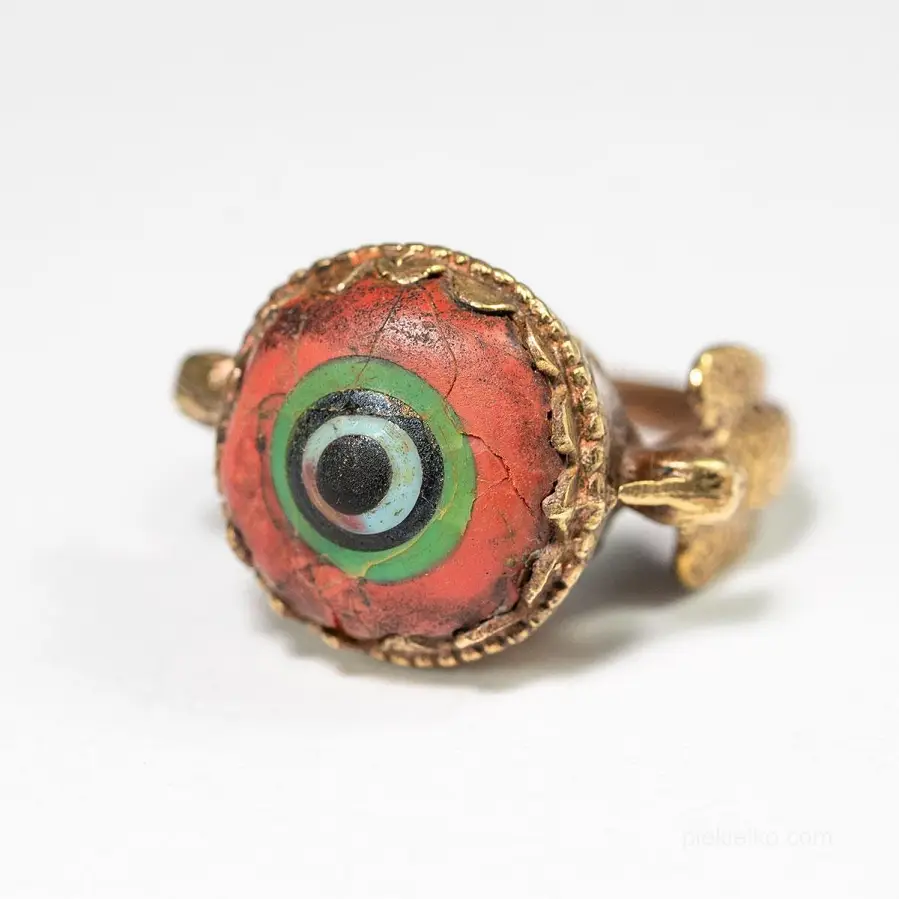
Signet ring with a gabri glass eye
98,0093,10 -
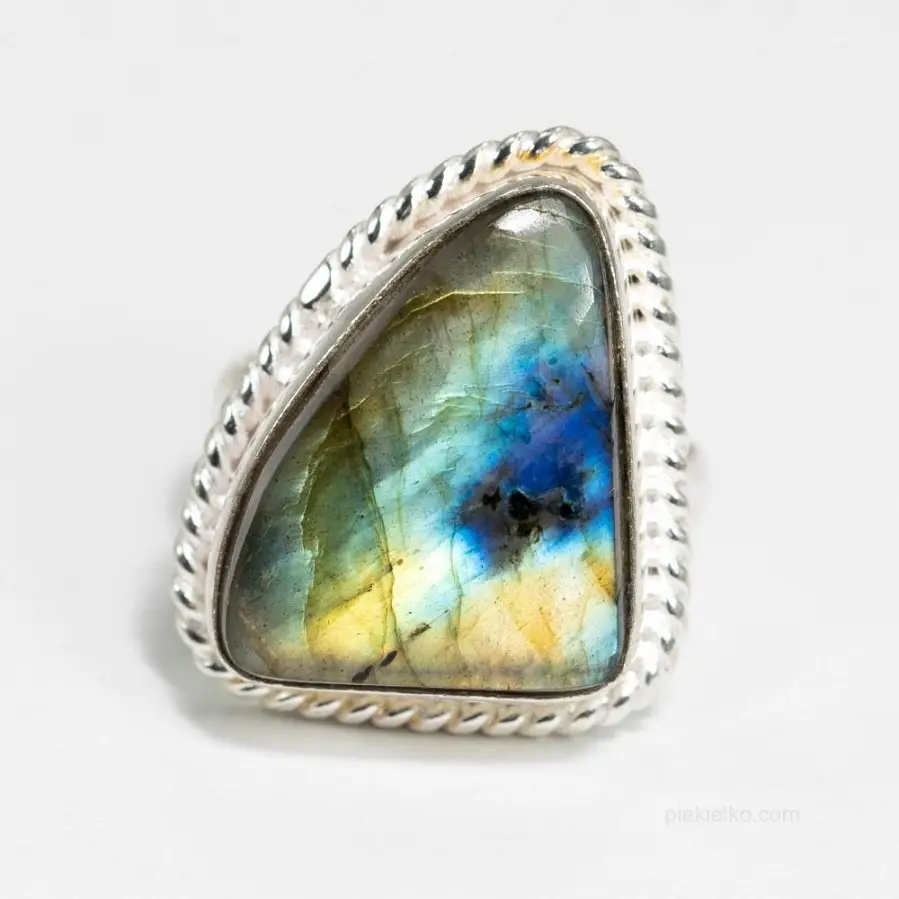
Ring with fiery labradorite
199,00 -
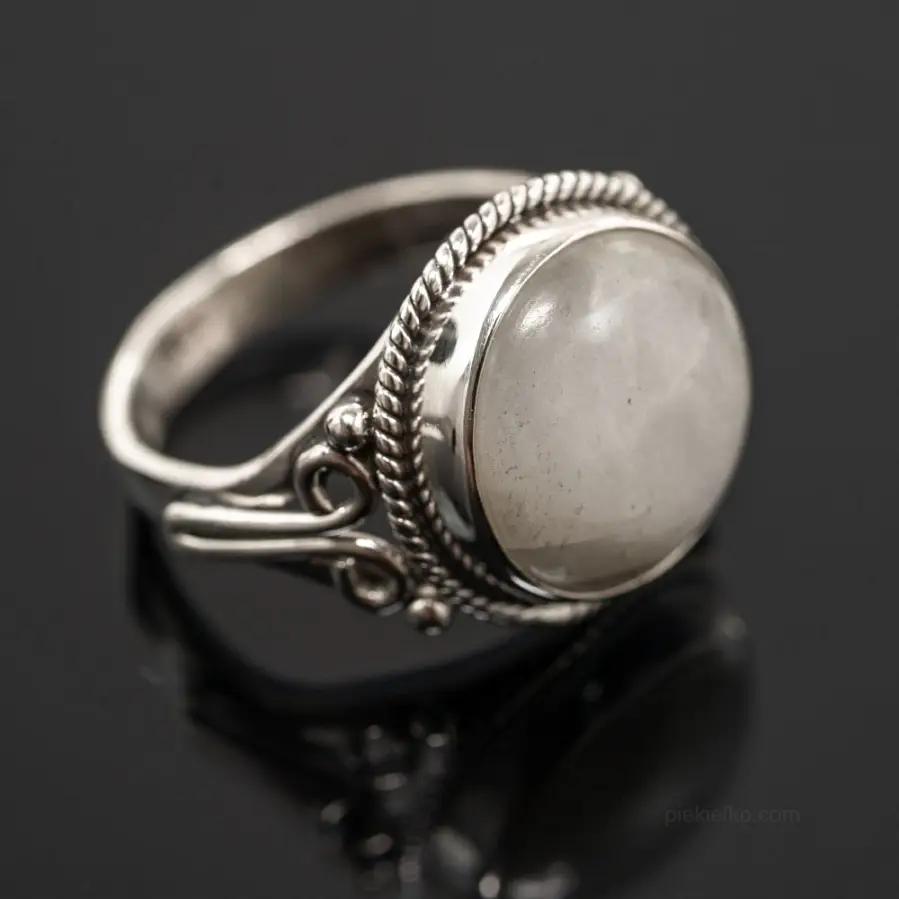
The Glow of the Mysterious Night
330,00297,83 -
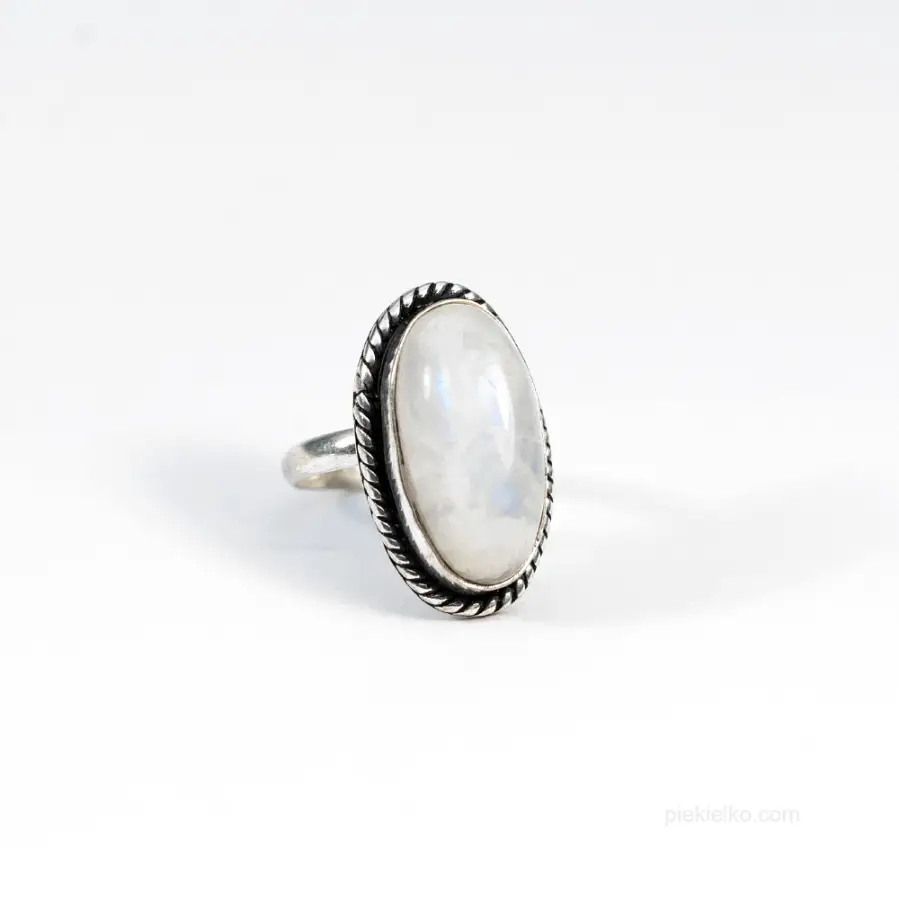
Adjustable moonstone ring
145,00137,75 -
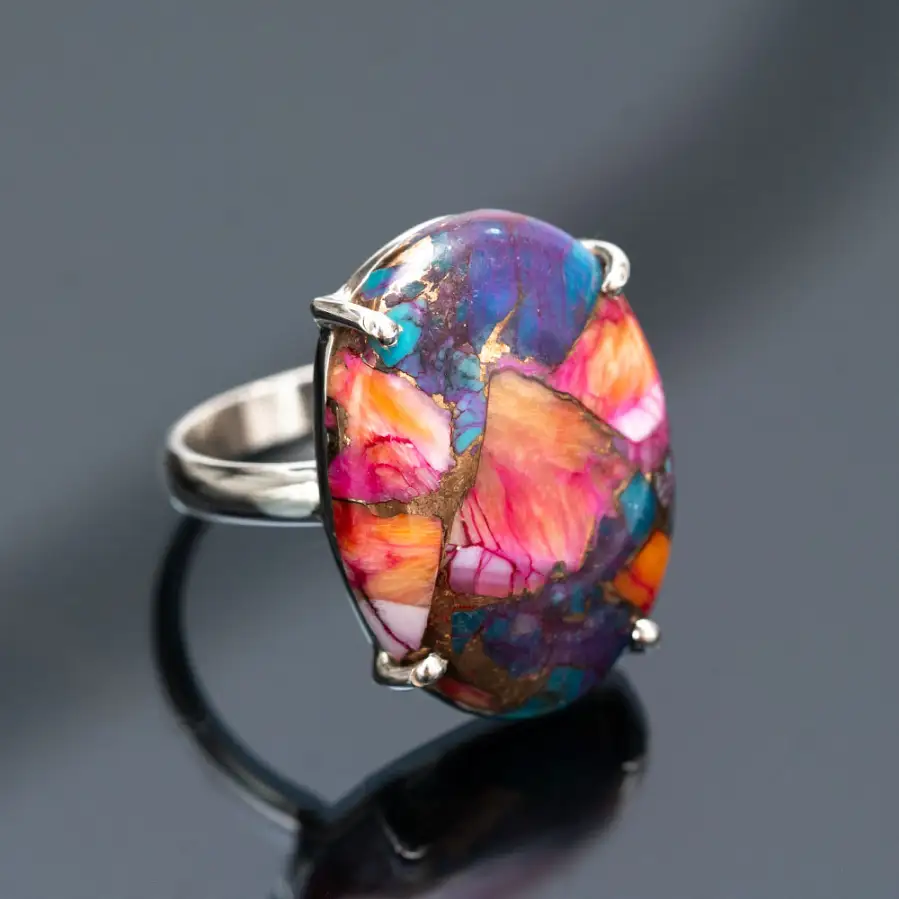
Silver ring with purple turquoise
370,00333,93 -
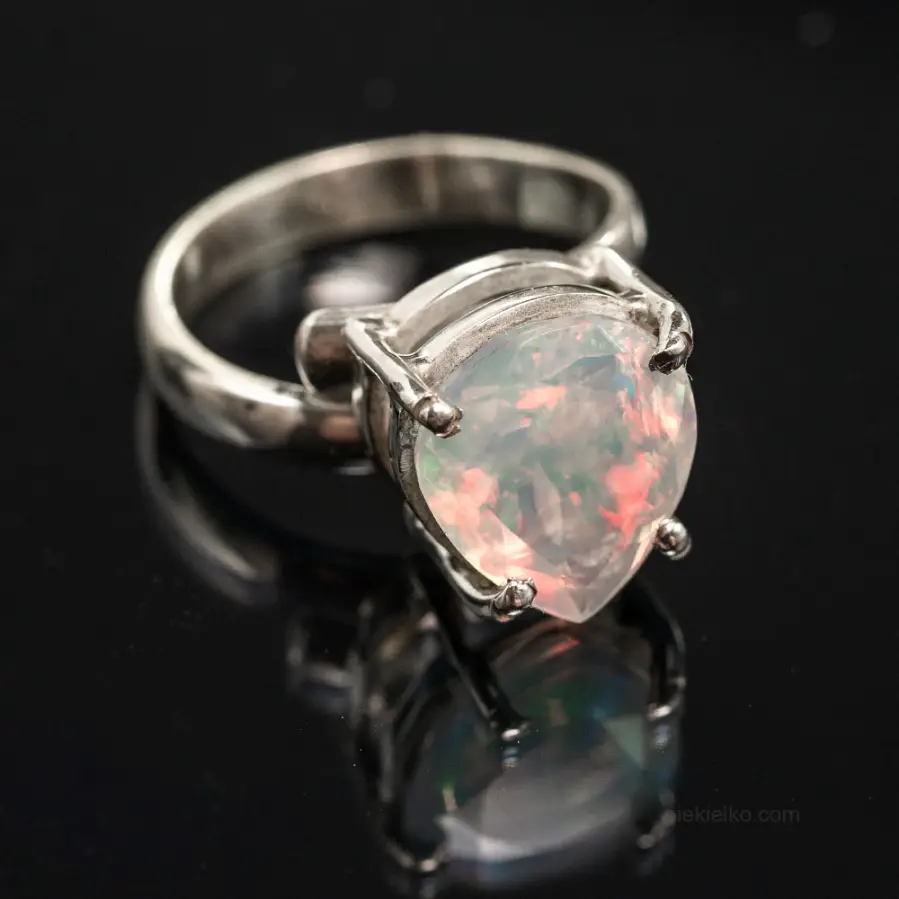
White opal from Ethiopia ring
510,00460,28 -
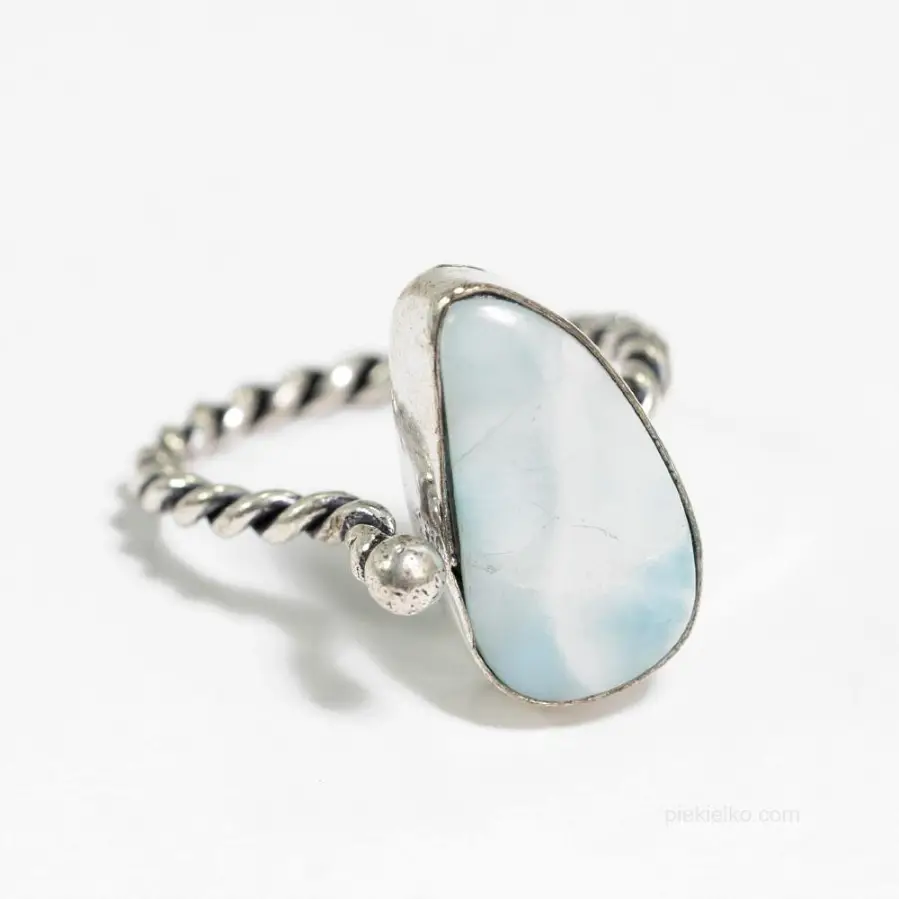
Adjustable larimar ring Dominican Republic
195,00185,25 -
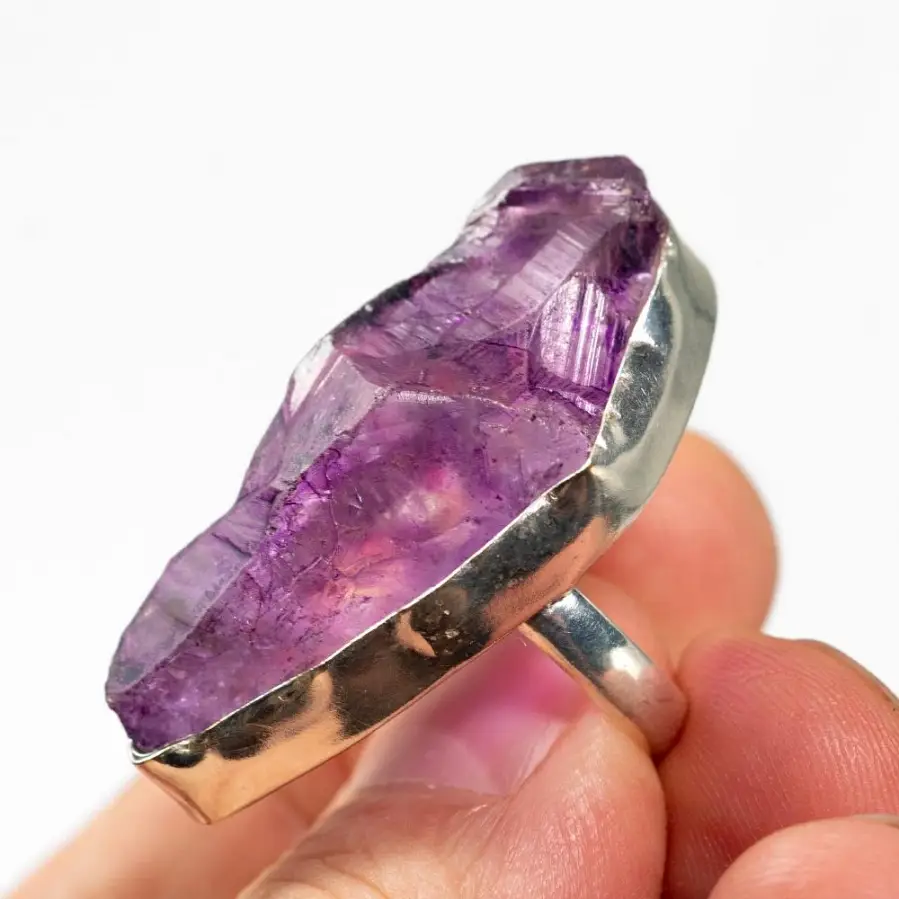
Irregular purple quartz ring
130,0074,10 -

Caribbean Blue – Silver Ring with Larimar
375,00338,44 -
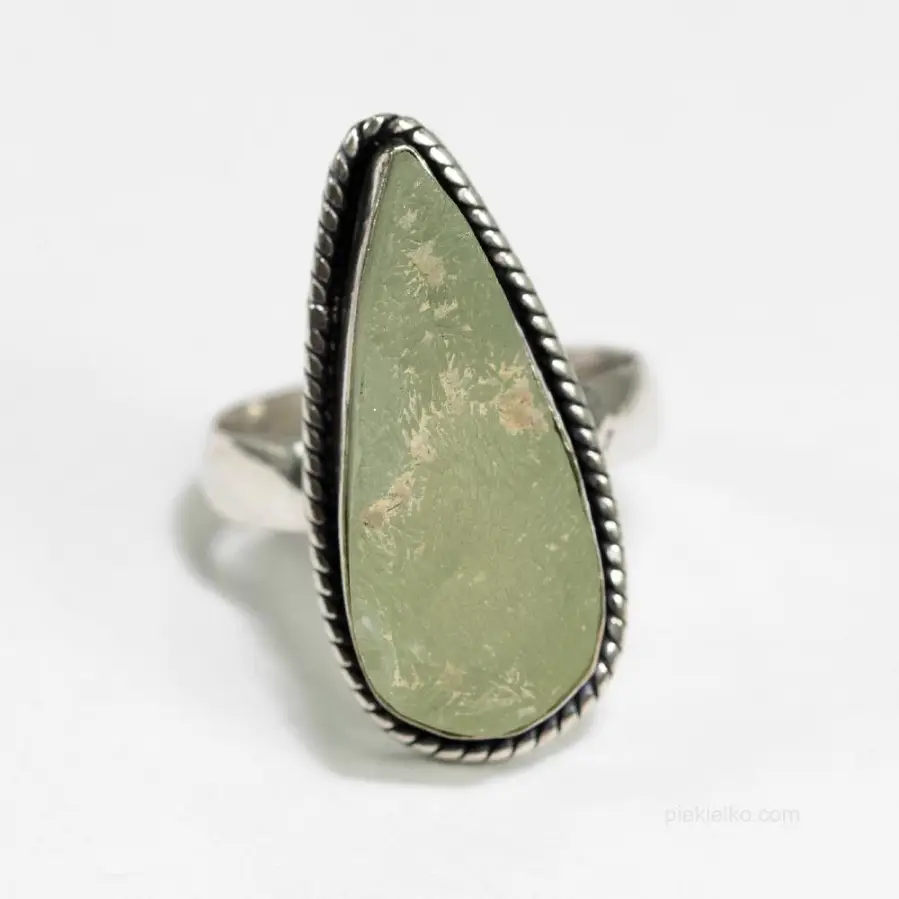
Prehnite rough rare ring
189,00179,55 -
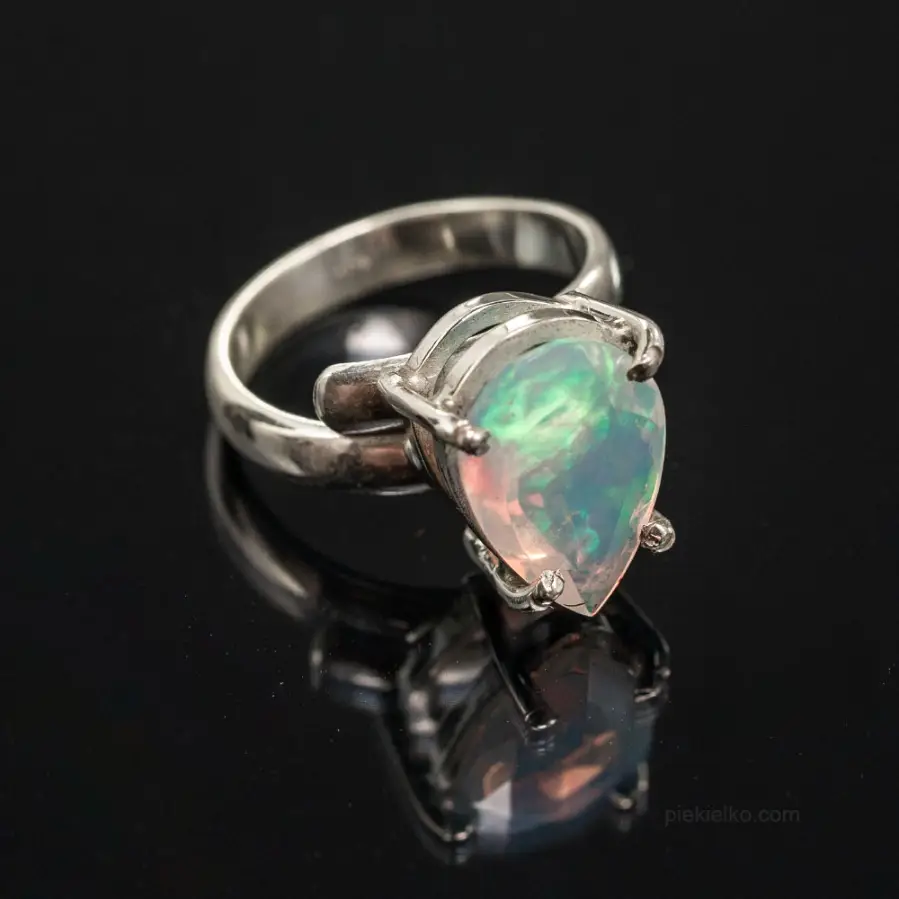
Ring with white opal
530,00478,33 -
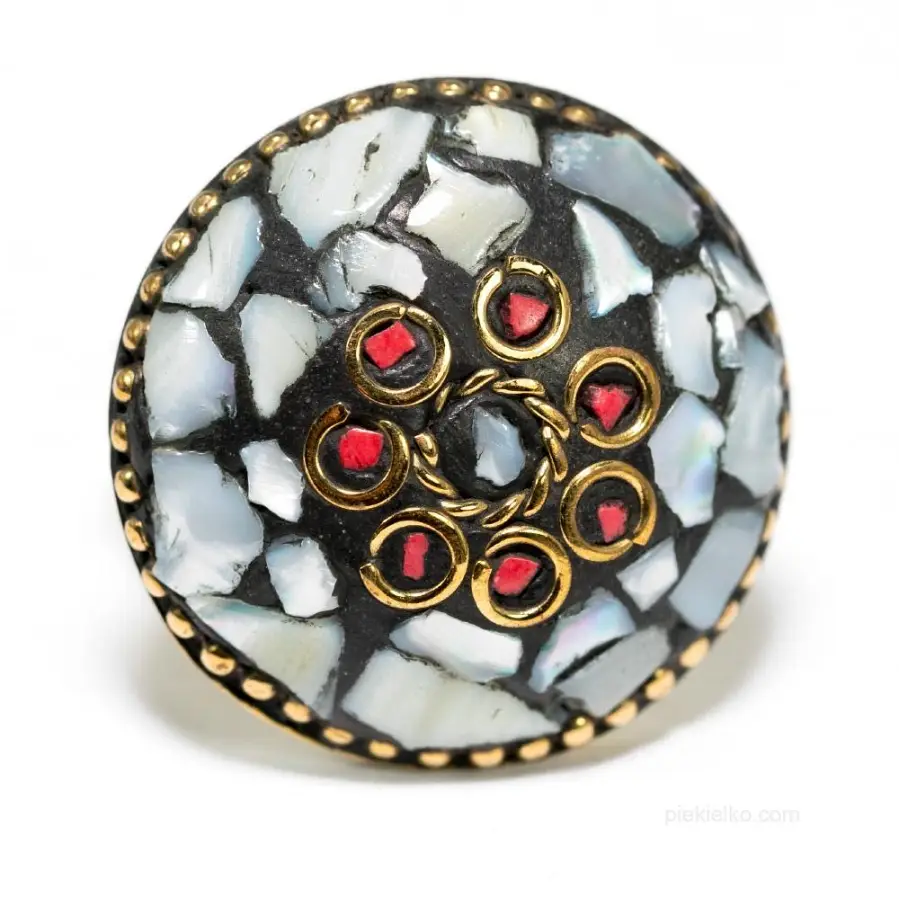
Ethnic moonstone ring
176,00167,20



© Piekielko.com

